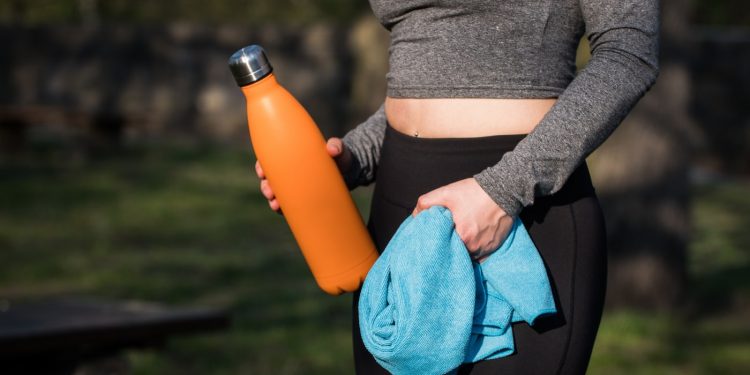With the nearness of summer and the hot months, the worries for our physical state and our bodies begin each year. Although we know that we should take care of our diet every day of the year, in these months we intensify that care and this is usually accompanied by the use of the scale.
Get on one of them and indicate our weight ends up being a most common gesture and, however, if what we want is to lose weight – and take care of our health – the weight data that the scale gives us is not the most important to which we must attend.
The importance of fat percentage
Much more important than the weight that marks our scale is the percentage of body fat we have. It is an index that classifies the level of lipids in our body, for which we use relative body fat (% GC).
Two people with the same weight can have a completely different fat level. Both at the level of health, as at the physical, aesthetic and body composition level, it is not the same to weigh 70 kilograms and have a 30% fat percentage to have exactly the same weight and have this percentage at 18%. Neither the health nor the body of these two people will be the same.
Many times we tend to assess our body based on BMI (muscle mass index), but people who have a significant amount of muscle mass, even if they have very low fat, will get a fairly high BMI.
In addition, when we focus solely on losing weight and lowering the number that appears on the scale we run the risk of having extreme behaviors that do not focus on losing fat but also end up losing muscle and water. Therefore, more important than the BMI or the scale figure, is that we look at our body fat index.
How body fat percentage is measured
Currently, there are modern and updated systems by which we can easily measure our body fat. The current electric bioimpedance scales indicate our body fat index just by getting on them barefoot.
In any case, not all scales are equally reliable and some can give us somewhat altered figures – although it will suffice if we do not need very precise data. Therefore, we can also use other methods, such as the pyrometer or lipocalibre. The best we can do is go to a nutritionist’s office to make the appropriate measurement and can follow up.
These are the recommended fat percentages
We must bear in mind that, both depending on our sex and depending on our age, the percentage of healthy fat will be different :
- 20-29 years: in men, the recommended GC rate is between 11-20% and in women 16-28.
- 30-39 years: in men between 12 and 21% and in women between 17 and 29%.
- 40-49 years: for men, the ideal GC is 14-23% and for women 18-30%.
- 50-59 years: in men, it increases to 15-24% and in women up to 19-31%.
It is appropriate that we stay within these levels of fat and not go above or below as both can cause health problems. In any case, if we start to make sure we lose fat, instead of weight, our body composition will change – even more, if we gain muscle – and we’ll look better even if the scale shows the same figure.







